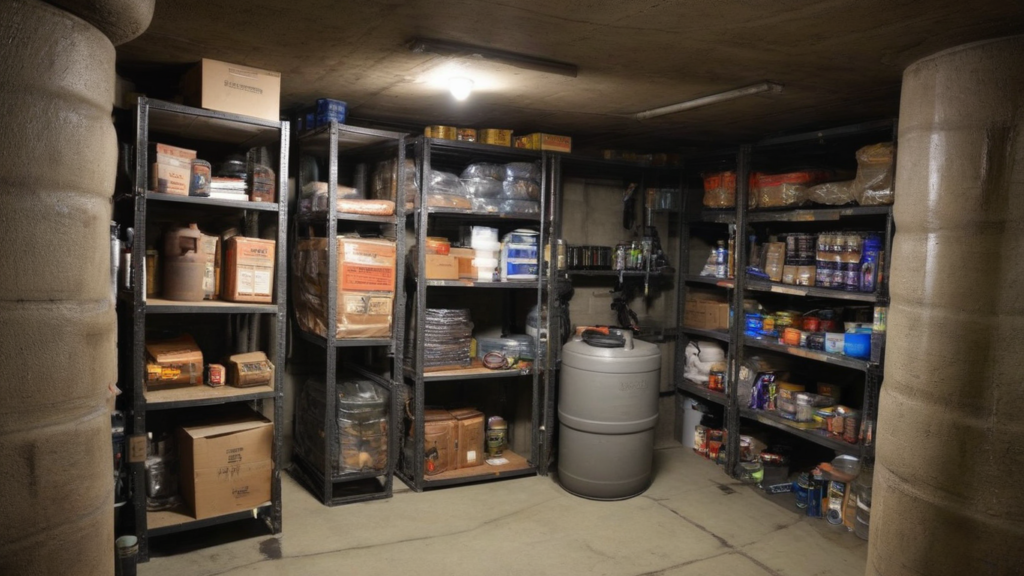
In a world where uncertainty looms, preparedness has become more than just a buzzword; it’s a lifestyle. From natural disasters to societal upheavals, the question of how much ammo you really need is crucial for anyone serious about personal security and survival. This comprehensive guide will delve into the nuances of ammunition needs, ensuring you are well-prepared without falling into the trap of overstocking.
1. Understanding Your Purpose
The first step in determining how much ammo you need is to understand your purpose. Are you a hunter, a sport shooter, or preparing for a potential self-defense scenario? Each of these activities requires different amounts and types of ammunition.
- Hunting: The amount of ammo needed for hunting varies by game and frequency of outings.
- Sport Shooting: Competitive and recreational shooting can quickly deplete ammo stocks.
- Self-Defense: Having a reliable supply for self-defense means balancing preparedness with practicality.
2. The Essentials of Home Defense
When considering home defense, the type and amount of ammo you need depend on several factors, including the size of your household and the layout of your home. Experts recommend having at least 500 rounds per caliber for each firearm used in home defense. This ensures you have enough for regular practice and emergencies.
3. Ammo for Personal Defense
For personal defense, the situation is slightly different. Concealed carry weaponry typically requires less ammunition on hand compared to home defense. A reasonable amount would be around 200 rounds of practice ammo and 50 rounds of high-quality self-defense rounds. This ensures you are both proficient with your weapon and prepared for an immediate threat.
4. Hunting: Balancing Necessity and Practicality
Hunting ammo needs are highly variable. Consider what you hunt and how often you go out. For small game, a few hundred rounds might suffice for a season. For larger game, 20 to 50 rounds might be adequate. Always account for the type of terrain and the distance of your shots, as these can impact how much you need.
5. Sport Shooting and Competitive Needs
For sport shooters, ammo consumption can be significant. Competitive shooters often go through thousands of rounds in a year. If you’re an avid participant, stocking at least a year’s worth of ammunition based on your average usage can save you from potential shortages and price hikes.
6. Stockpiling: How Much Is Too Much?
The idea of stockpiling ammo brings up images of overflowing shelves and garages packed with boxes. However, overstocking can be impractical and expensive. Instead, focus on maintaining a healthy balance. For most gun owners, having 1,000 rounds per primary caliber and 500 rounds for secondary calibers is a reasonable benchmark.
7. Economic Considerations
Ammo prices can fluctuate wildly based on market conditions, political climates, and supply chain disruptions. Buying in bulk during times of low prices can be a smart strategy, but ensure you’re not stretching your budget thin. Diversifying your ammo purchase points can also help mitigate sudden price spikes.
8. Storage: Keeping Your Ammo Safe and Usable
Proper storage of ammunition is crucial. Humidity and temperature are the biggest enemies of ammo longevity. Store your ammo in a cool, dry place, and consider investing in airtight containers and desiccant packs to protect against moisture.
9. Legal Implications and Regulations
Always stay informed about local and federal regulations regarding ammunition storage and purchase limits. Laws can vary significantly, and being compliant is essential to avoid legal troubles.
10. Practical Tips for Managing Your Ammo Supply
- Rotate Stock: Use older ammo first to ensure nothing goes bad.
- Track Usage: Keep a log of how much ammo you use and how often you restock.
- Regular Inventory: Periodically count your ammo to avoid over or underestimating your supply.
Conclusion: Finding Your Balance
How much ammo do you really need? The answer depends on your individual circumstances, including your intended use, financial situation, and storage capacity. By carefully considering these factors and staying informed about market trends and regulations, you can strike a balance between being well-prepared and practical. Remember, the goal is not just to have a lot of ammo, but to have enough to ensure your safety and meet your needs efficiently.
Powered by Azon AutoSites
